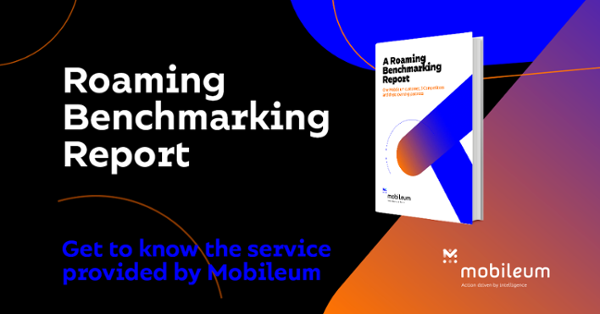As settlers, we started the concept of home, and either because we needed to travel to find food for our tribe or due to our insatiable appetite to explore, we established the notion of roaming. Unlike the early days of these pioneers, today, we rely on mobile connectivity when seeking out restaurants or activities when we are on the road.
According to a report from Hitwise, nearly 60 percent of our search activity is performed on a mobile device, with the Food and Beverage sector reaching 72 percent.
With the evolution of civilization, we see industries such as healthcare and communications coming together to bring about significant connectivity developments. A recent study by research firm MarketsandMarkets™ estimates the global connected medical device market will reach USD 188.2 billion by 2025, up from USD 72.5 billion in 2020, as AI and high-speed network technologies drive growth in clinical decision making. An example we are already seeing today would be pacemaker users who now have real-time connectivity to patient monitoring platforms to transmit medical data for doctor analysis. This is a tremendous advance toward early diagnosis and greater quality of life for patients. And as the COVID-19 pandemic begins to lift, the notion of healthcare and roaming is only going to expand.
With this inevitability, how do we guarantee that we can keep track of these patients when they travel?
Reliable Connectivity is Essential
Based on the quality of service a partner is providing, operators now have the ability to be better equipped to re-negotiate their existing roaming agreements. The GSMA defined several quality indicators, but existing data from end-users provides insight into the actual performance of the network, which will lead us to a concept to define the QoS metrics that can lead to the definition of service level objectives (SLOs). Although SLO is a recent term, it will be a vital one for the roaming business. SLOs are based on the idea that service reliability and user satisfaction go hand in hand. Creating concrete and measurable reliability targets helps companies find the right balance between product development and operational work, ultimately resulting in a positive end-user experience. These metrics will provide the ideal means to offer customers a guarantee of a reliable and high-quality connection, which is needed to support all the services you may want to provide in a roaming environment.
Actionable Analytics
Once the appropriate level of quality exists for known scenarios, we need to seek out the unknown. New technologies and an increasing variety of scenarios used in local and roaming environments will demand a new and mandatory layer to guarantee the quality and reliability customers come to expect. Whether roamers are people or things, understanding the different scenarios on an operator’s network is an essential element of managing the roaming business. This requires analytics solutions that provide complete visibility across the network and roaming traffic. Operators need to have the tools to measure the performance of roaming services and get an accurate, in-depth understanding of usage, revenue, and behavior patterns. Having these insights, operators can customize their service offerings and align them to their customer’s needs.
With the proliferation of IoT, global connectivity is essential, and the choice comes down to the provider who can ensure data connection across the globe.
Tell us about your experience with Roaming Quality by leaving your comment below, or if you are interested in knowing how Mobileum can help you, please contact us.




Let Us Know What You Thought about this Post.
Put your Comment Below.